AI Checks the Appearance of Factory Workers: Object Detection Technology for Gloves and Hats

Appearance checks are crucial in quality and hygiene management within factories. This technology uses AI (object detection) to check for the presence of items such as gloves and hats, ensuring that workers maintain appropriate appearance standards. Even in cases where factories use uniquely colored or shaped gloves and hats, the AI can be trained to recognize them. By automating appearance checks, this technology supports quality and hygiene management.
What Can Be Solved
- Automatically check whether the attire is correct using a camera.
Use Cases
-
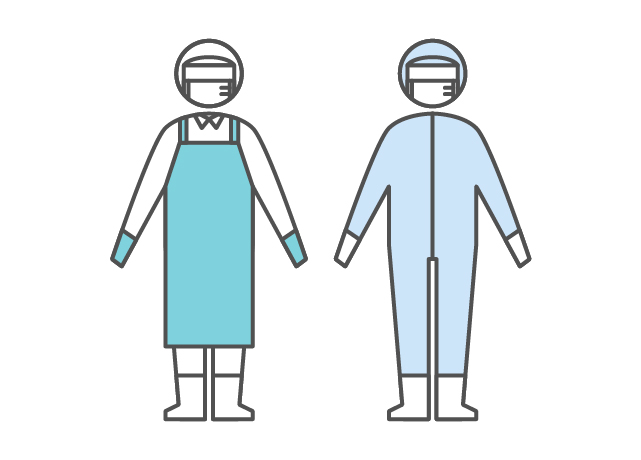
Hygiene management in food processing plants, quality control in semiconductor factories
Check for the wearing of hats, gloves, and shoes
-
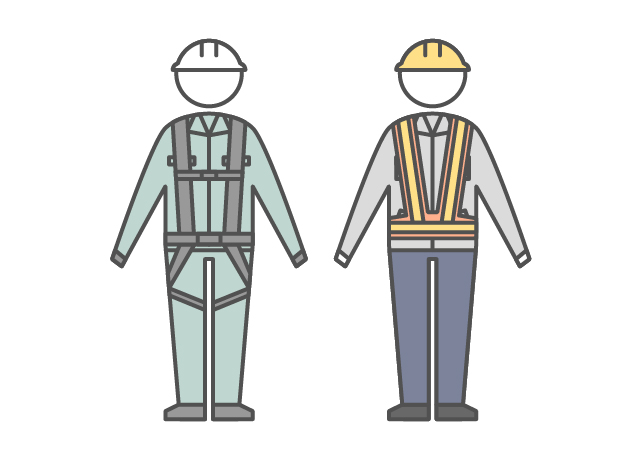
Inspection of attire at construction and work sites
Inspection of helmet, leather gloves, and safety boots
Features
Automatic determination of whether the attire is correct
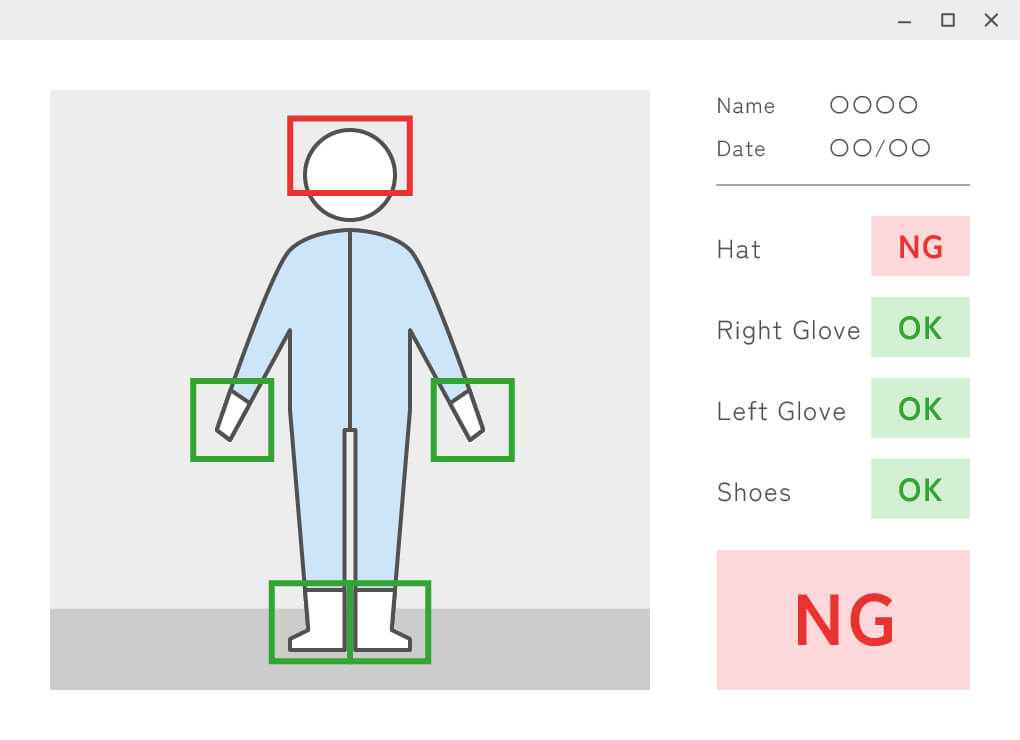
Object detection AI checks for the presence of items worn by individuals, such as gloves and hats. It determines whether the correct items, like gloves on the hands and hats on the head, are worn on each part of the body.
Adding objects to detect
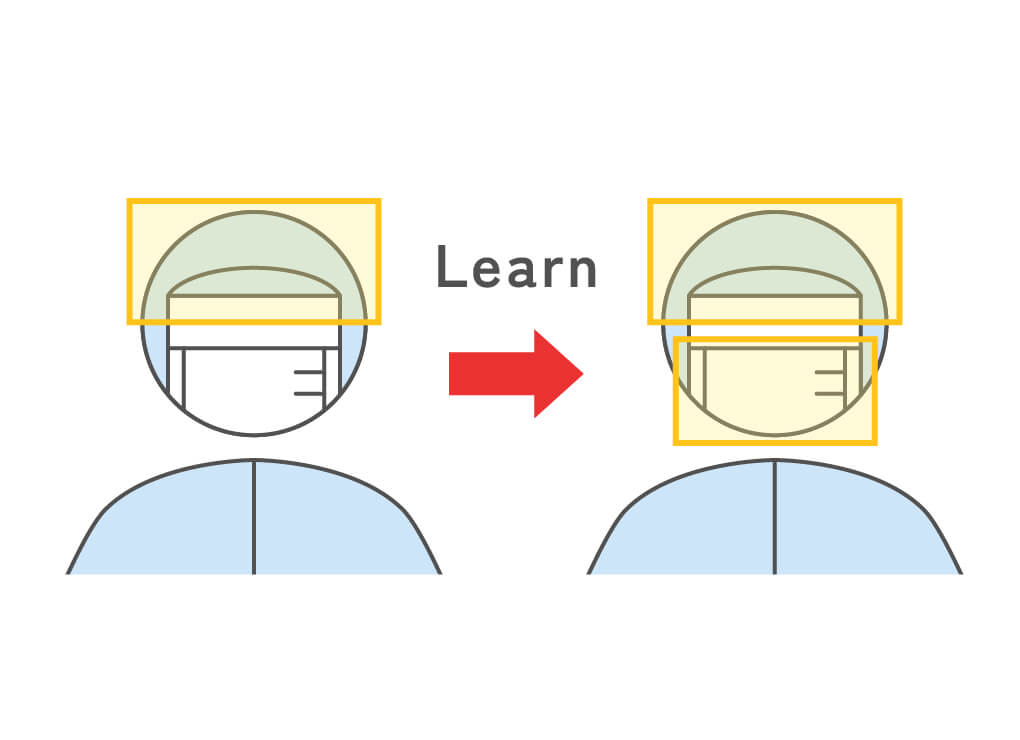
By training the AI, you can add additional objects for detection. This requires annotation work for the learning process, but automatic annotation is possible through skeleton detection, which identifies different body parts.
Technology
Automation of Annotation Using Skeletal Detection
Annotation involves creating data that specifies the type and location on an image, which is a time-consuming task. This technology combines skeletal detection to automatically annotate each body part, such as detecting hats on the head, gloves on the hands, and shoes on the feet.

Standard Annotation
- Take and import images for annotation.
- On the imported images, outline the objects you want to classify, indicate their positions, and label the types of objects before saving.
- Repeat steps ① and ② approximately 150 times to create annotated data.
- Train the model using the annotated data.

Annotation Using Pose Detection
- Capture a full-body image and specify the type and area for each body part (e.g., gloves on hands, hat on head).
- Wear the detected items and rotate in front of the camera. Automatic annotation data will be created (2-3 minutes: approximately 150 images).
- Train the model using the generated annotation data.
Points to Note and Disadvantages
Since pose detection sets the annotation targets based on body parts, automatic annotation may not be possible for items with inconsistent wearing positions.
Detection Examples
-
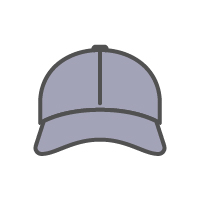
Hat
-
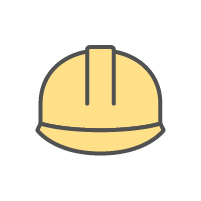
Helmet
-
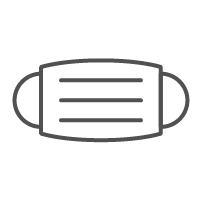
Mask
-
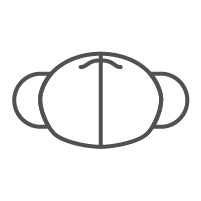
Dust Mask
-
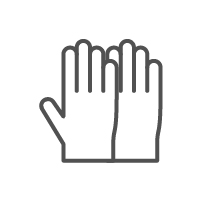
Gloves
-
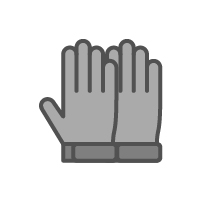
Leather Gloves
-
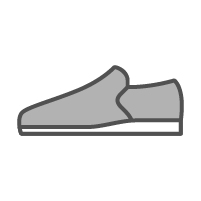
Work Shoes
-
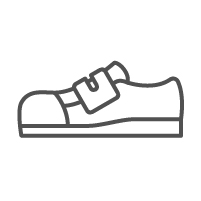
Safety Shoes
Transparent items cannot be detected (e.g., protective glasses)